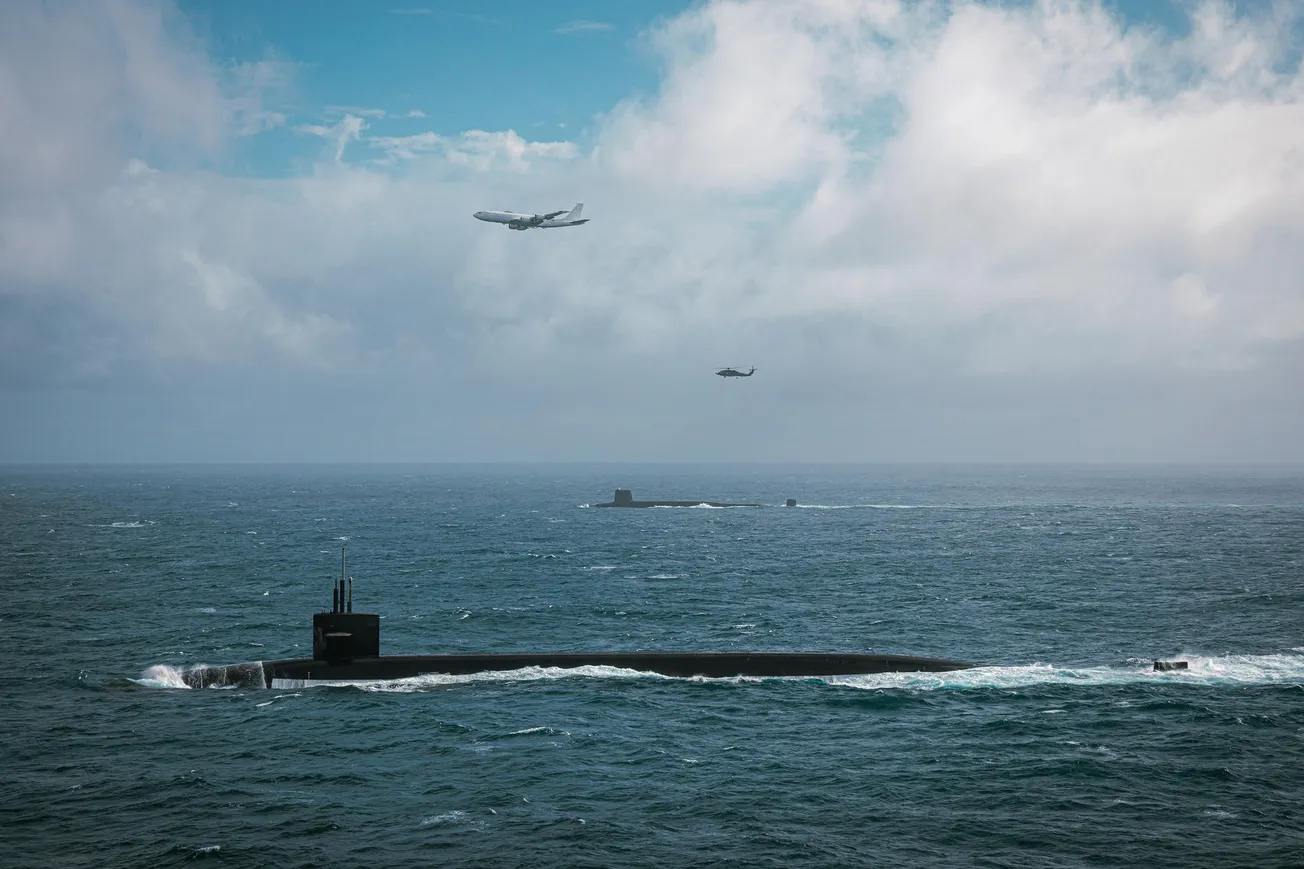Chinese have reported making a major breakthrough in radar technology enabling the use of extremely low frequency (ELF) radio transmissions for the detection of submerged submarines. These extremely low-frequency electromagnetic waves have the capability to penetrate seawater, making it possible to detect submarines hiding hundreds of metres beneath the surface, reported South China Morning Post on Nov. 30. This is a “disruptive technology,” according to the research team led by Li Daojing with the National Key Laboratory of Microwave Imaging of the Chinese Academy of Sciences, in a peer-reviewed paper published this month.
When facing signals with frequencies as low as 100Hz, the radar cross-section (RCS) of a nuclear submarine in seawater can reach up to 88 square meters (947 sq ft). This means that underwater target detection can be achieved using just “common magnetic detectors,” Li and his colleagues wrote.
ELF transmission and reception usually requires very long antenna arrays and that the antennas be geographically separated. One ELF facility in central China, which has antennas over 100 km long. An Dec. 1 article in Interesting Engineering explains that Li’s team has reduced the length of the emitting array to just about 100 meters, making it possible to easily install these antennas on Chinese naval ships. The high-frequency, high-power electromagnetic waves emitted by these antennas converge in the sky to create a virtual radio-emitting source. As one source dissipates, another is instantly generated, ensuring a continuous flow of low-frequency signals.



